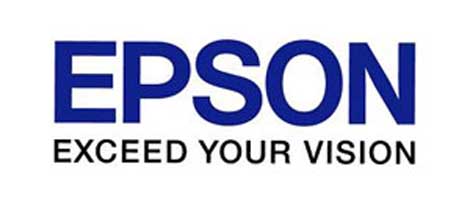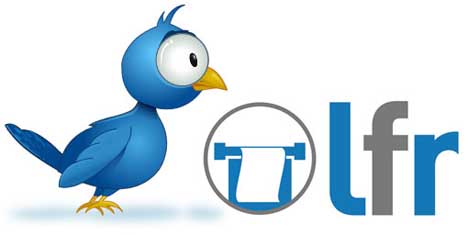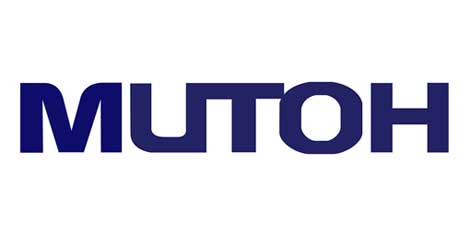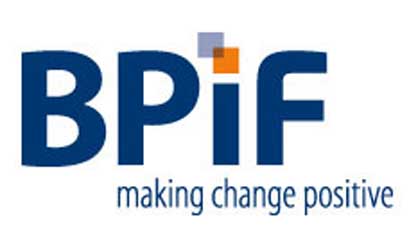
In the first – of what we hope will become a regular – feature, Peter French, Projects Manager, at SignTec Ltd Signmakers in Chelmsford, Essex, comments on pricing in the industry: Are we being competitive or just killing our business?
“I am continually amazed at customers who already know, or think they know, the price of a product when they ask for a quotation. This applies in particular to retail items like pull-up banner stands and pavement furniture but now seems to extend to the more bespoke products such as vehicle graphics or large format print. Obviously, customers are not stupid and will google first to get an idea of price, but are they comparing like-with-like?
Recently, a customer had asked for a quote for 30 large posters. About two weeks later the customer returned to say that she had actually bought them on the internet for £220.00 (paid up front) but they had not arrived and – as her shop was opening the following day – could we do them for the morning.
Last week, a customer asked for a quotation for a banner stand which, from looking on the internet, he could get for £48! When I replied that it was impossible for me to match that price, he admitted that this price excluded delivery and artwork charge. The real price was nearer £90, which I was able to beat.
As a sign business, we will use the internet to find the best price for a stock product, but it is impossible to gauge the quality of what you are buying. Look at the different grades of foamex, correx and dibond. What appears to be the best-priced product can arrive damaged, off-white or so incredibly flimsy that it is unusable.
However, before we started our own large format printing, we would outsource projects. This is where you realise why you can pay different prices. The cheapest company we used simply printed what you sent, at the lowest resolution, without any form of checking or proofing. The result was so poor we rejected over 30 sheets of dibond. Not only was it incredibly stripy in certain colours, but the ink was so thin you could scratch it off with your fingernail. The result? A delayed project and an unhappy customer.
So what appears to be a good deal can sometimes be far from it and that applies more often to the naive customer buying sign products over the internet. What they don’t understand is the level of service they receive by buying from a local company. I’m sure we have all reprinted jobs because of a spelling mistake or incorrect colour that was present on the signed-off proof, but we will still reproduce it at our cost. Similarly, the iteration or design-proof-redesign costs money but it’s the only way we can be sure that a customer gets what they want. Always remember that a good reputation is hard to win, but easily lost.
We are all faced with rising rent and rates, but we are being forced into a cut price war because of this customer misconception that something bought on-line is the same as a product bought over the counter when clearly it is not. I do not blame the on-line traders for the low prices offered – they will understand their margins and volumes and will use materials and processes that enable them to keep their prices keen. I do however, wish the customer would understand what it costs to run a sign business these days and how the “service” we offer come at a price, and often higher than “similar” products bought on-line.
On-line buying works with consumer items or branded products. Buying a model of camera on eBay and buying the same camera on the high street can yield substantial savings. But bespoke items where there is an element of custom manufacture or design can’t work. Try buying a dinner suit direct on-line… it probably won’t fit.
This business has already done it. A customer will name his “internet price” and you have to match it or lose the job. Certainly, if you have the materials sitting there in the workshop and a few idle hands on the bench it’s a way of creating turnover. But what does this do to our industry? We can’t just keep reducing margin when volumes themselves are falling and costs are escalating. Sometime soon, we will reach the point where we are selling products at less than cost in somewhere like Surrey, just to beat an online trader in Leeds with half the overheads we have.
The service, professionalism, talent and quality offered by the traditional sign business have a real value. One day, after we have all gone, the customer will realise what our true value was.”
About the author of this article: Peter French has been working in the sign industry for 9 years having spent a lifetime in IT. Specialising in kick-starting businesses, Peter worked in many diverse business sectors. For most of the time at Signtec, he has been at the forefront of large format printing with both solvent and UV technologies.
Is there something in the industry particularly bugging you at the minute? If so, please email your views and opinions to abi@largeformatreview.com









